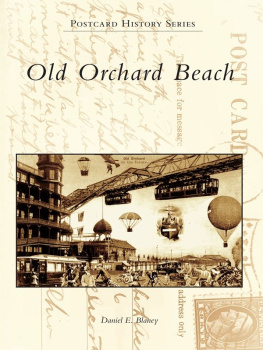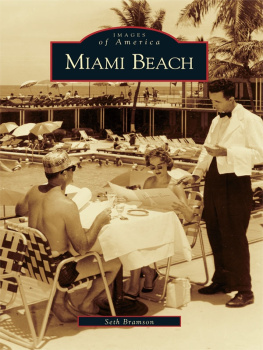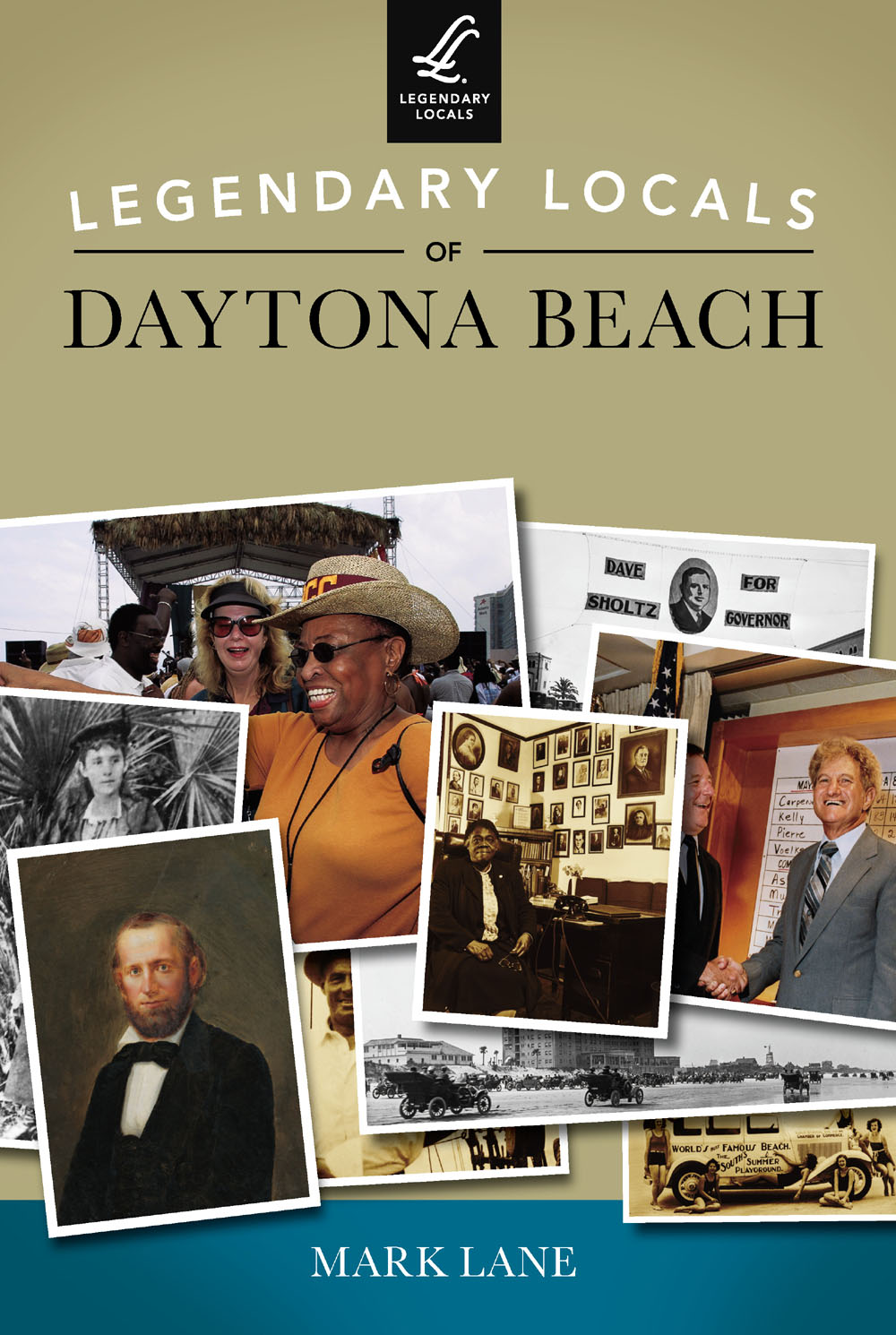
LEGENDARY LOCALS
OF
DAYTONA BEACH
FLORIDA

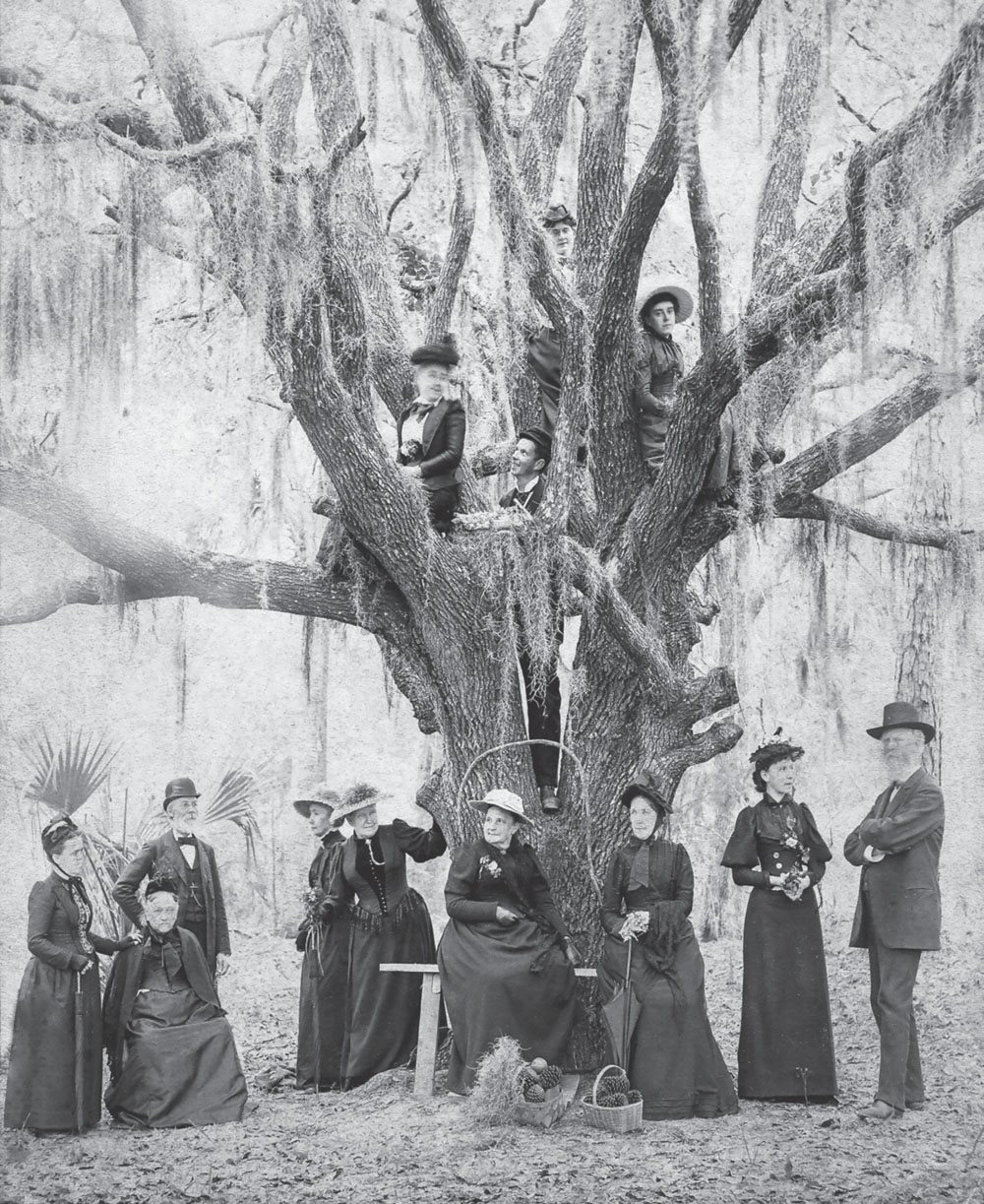
Founding family
The Day family poses for a group photograph during an 1890 outing in Ormond Beach. Matthias Day is on the far right. His wife, Mary, is seated on the bench. (Courtesy of Halifax Historical Museum.)
: Downtown
A bustling Beach Street is shown in this glass-negative photograph taken about 1910, within two generations of the towns founding. Note the souvenir store on the left. (Courtesy of the Library of Congress.)
LEGENDARY LOCALS
OF
DAYTONA BEACH
FLORIDA
MARK LANE

Copyright 2015 by Mark Lane
ISBN 978-1-4671-0222-3
Ebook ISBN 9781439654040
Legendary Locals is an imprint of Arcadia Publishing
Charleston, South Carolina
Library of Congress Control Number: 2015937645
For all general information, please contact Arcadia Publishing:
Telephone 843-853-2070
Fax 843-853-0044
E-mail
For customer service and orders:
Toll-Free 1-888-313-2665
Visit us on the Internet at www.arcadiapublishing.com
Dedication
For John and June Lane, who brought me here.
On the Front Cover: Clockwise from top left:
Yvonne Scarlett-Golden, the citys first black mayor (courtesy of the Daytona Beach News-Journal; see )
On the Back Cover: From left to right:
Beach racing on the sands of Daytona Beach in the 1950s (courtesy of the Daytona Beach News-Journal); racer, car designer, and promoter Sig Haugdahl at his garage about 1930 (courtesy of the State Archives of Florida; see )
CONTENTS
ACKNOWLEDGMENTS
This book could not have happened without the Daytona Beach News-Journals commitment to telling the story of the Daytona Beach area, especially editor Pat Rice, who encouraged the project from its start. In the process of writing this book, I digitized dozens of photographs that were previously hidden away in the file cabinets of the newspapers library. Newspaper libraries are called morgues in the dark vocabulary of the business, but their contents make local history come alive. I appreciate the Daytona Beach News-Journals permission to use its images and wherever possible have also credited the talented photographers who have worked there.
Thanks are also due to Halifax Historical Museum, 252 South Beach Street, which is the source of many of these photographs. Its director Fayn LeVeille was enthusiastic about bringing some of the visual treasures in the museums archives to new audiences through this book. Her efforts made this possible.
Thanks also to the State Archives of Florida for permission to use images from their matchless photographic collection. Also, thanks go to the Mariners Museum and Park in Newport News, Virginia, Procter and Gamble, and the Library of Congress.
I would also like to thank my wife, Cindi Lane, for her advice, editing, and support, and Erin Vosgien for suggesting the project and her patience and tactful prodding in shepherding this through the publishing process.
INTRODUCTION
Tourist towns can remember their past a little better than other places, albeit at times in romanticized form. People come to a beach town and then go back and talk up their trip. They started taking photographs as soon as cameras became something you could take with you when you traveled. They bought postcards of sights that locals considered too everyday to care about. And because of that, a book like this is a little richer than something written about a more average place. There are photographs. There are travelers descriptions. The place shows up in news stories, magazine features, and travel guides.
Travelers discovered Daytona Beach almost as soon as it set up as a town. Only 20 years after the towns incorporation, nature and travel writer Bradford Torrey wrote in A Florida Sketch-Book:
The first eight days of my stay in Daytona were so delightful that I felt as if I had never before seen fine weather, even in my dreams. My east window looked across the Halifax River to the peninsula woods. Beyond them was the ocean... All in all, there are few pleasanter walks in Florida, I believe, than the beach-round at Daytona, out by one bridge and back by the other. An old hotel-keepera rural Yankee, if one could tell anything by his look and speechsaid to me in a burst of confidence, Yes, weve got a climate, and thats about all we have gotclimate and sand. I could not entirely agree with him. For myself, I found not only fine days, but fine prospects. But there was no denying the sand.
There it all was at the start: climate, sand, and people. And the climate and sand have a way of drawing a certain kind of person. The people in these pages contributed to the character and perception of Daytona Beach. Many of them gave the place the kind of prospects that were apparent even back in the early days when Torrey arrived.
This book is not a rundown of our most important citizens or most famous people. There are glaring omissions and puzzling inclusions. Nobody now holding public office is mentioned because this is not a most influential people list. People primarily associated with nearby towns are not here, but some whose work regularly spanned the city limits are. Old scandals are revisited, as well as achievements so successful that we take them for granted: achievements such as the consolidation of the towns of Daytona, Daytona Beach, and Seabreeze into one city, the modernization of Volusia County Charter, the founding of Bethune-Cookman College, and the building of Daytona International Speedway and the coming of NASCAR.
Pictured here are people you still hear stories about, whose names you notice on street signs and buildings, whom you have read about in newspapers, who built businesses and institutions. Some are representative types; others are certainly one of a kind. They are a random sampling of the great range of people who made Daytona Beach their home. They are town builders, writers, business founders, boosters, musicians, professional people, philanthropists, famous visitors, educators, artists, athletes, and builders. They are also convicted criminals, business failures, salesmen with unbelievable pitches, and rascally politicians.
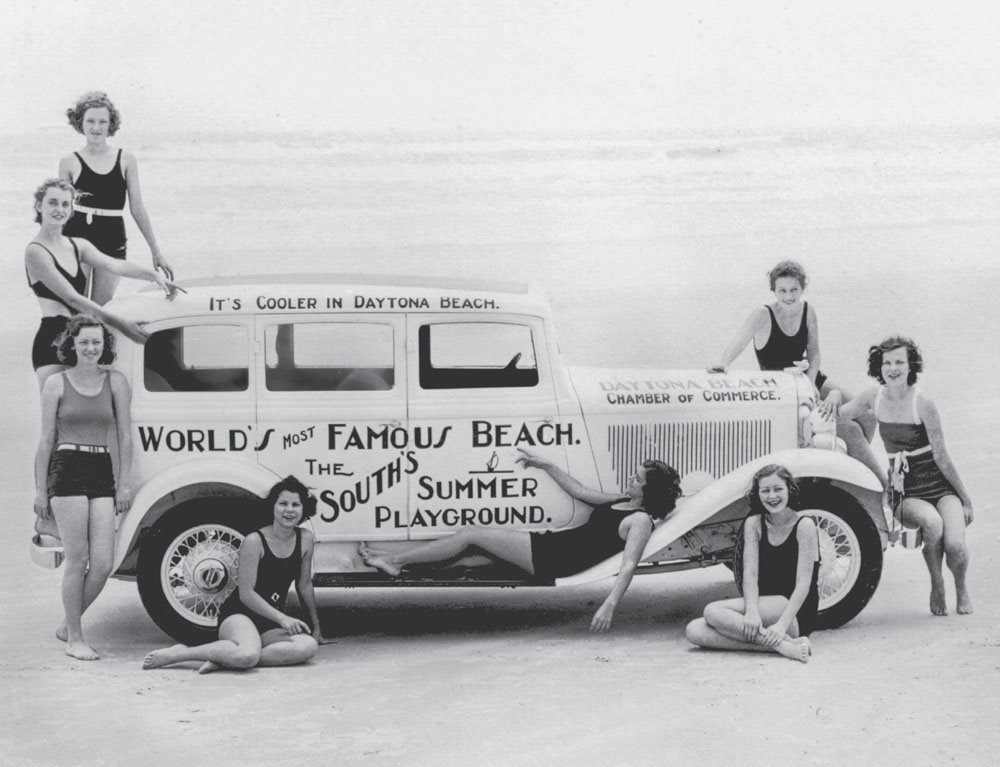
The Worlds Most Famous Beach Car
The slogan The Worlds Most Famous Beach was coined in the 1920s, became popular when the town got international attention because of the speed-record runs on the beach, and has stuck to this day. In this 1930s-era photograph, it is emblazoned on a car along with the towns other favorite slogan, Its Cooler in Daytona Beach. The latter selling point began to sound like faint praise with the rise of air-conditioning and fell out of favor. (Courtesy of Halifax Historical Museum.)
CHAPTER ONE
Founding and Early Days
18701920
Matthias Day prided himself on seeing the big picture. And the obvious big picture around 1870 was that there were huge opportunities in a South that was still rebuilding after the Civil War. Opportunities smart operators had already mined in other states. But Florida? Here was a blank canvas, room to grow, unexploited opportunities, an inviting climate, and land so cheap one blushed to speak of it.
Next page

